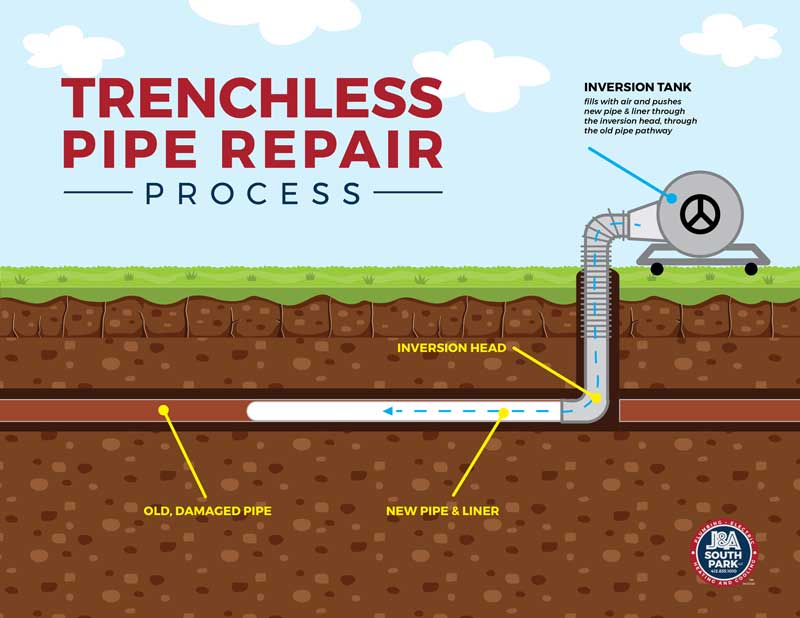
Trenchless plumbing is a modern method of pipe repair and replacement that has revolutionized the plumbing industry.
Unlike traditional methods, which involve extensive digging and excavation to access underground pipes, trenchless technology allows plumbers to repair or replace pipes with minimal disruption to the surrounding area.
This innovative approach offers numerous advantages over conventional plumbing techniques, making it a preferred choice for both residential and commercial plumbing needs.
Historical Development of Trenchless Technology
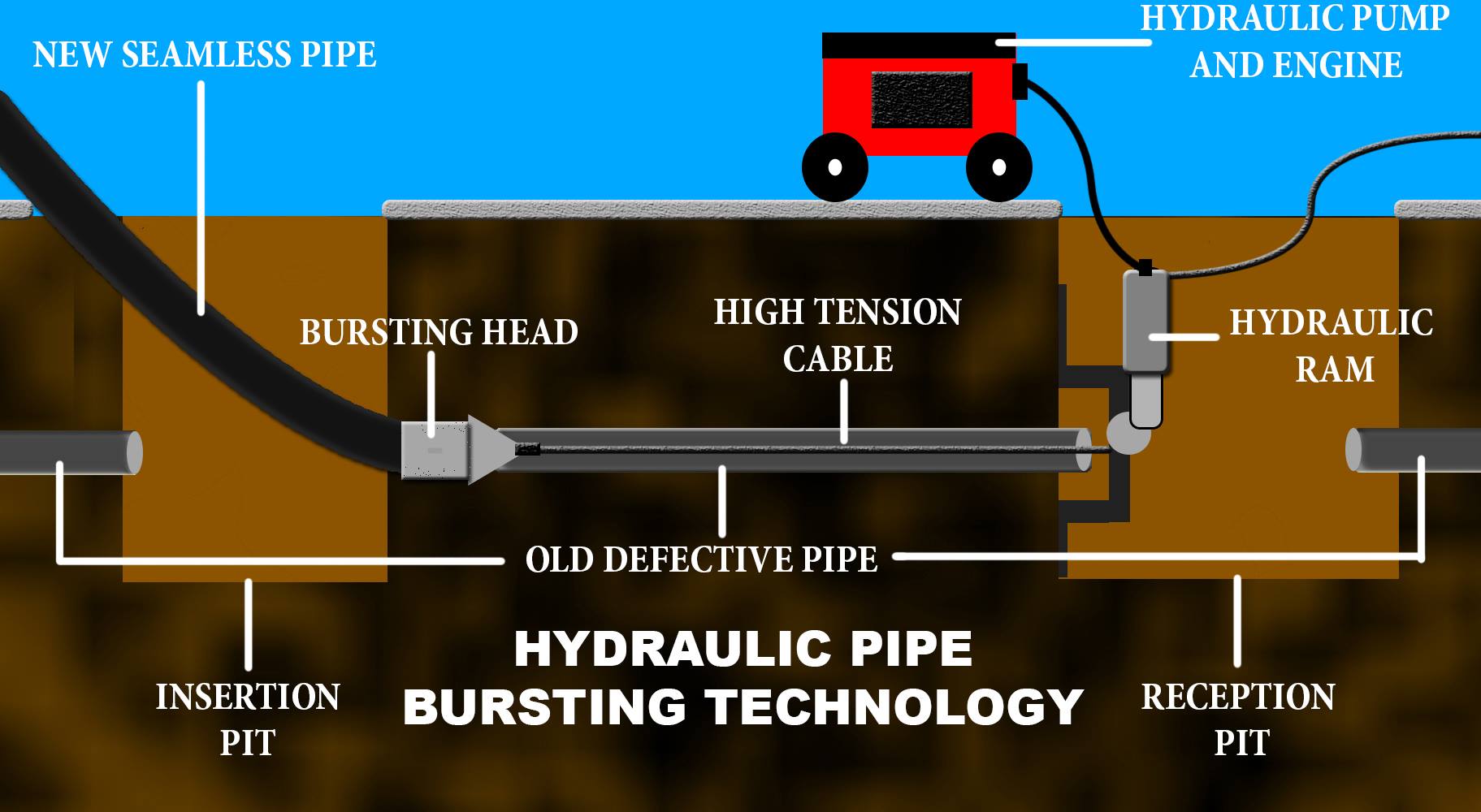
The evolution of trenchless technology can be traced back to the late 20th century.
Initially developed to minimize the impact on traffic and the environment caused by traditional excavation methods, trenchless plumbing has since evolved into a highly efficient and cost-effective solution for repairing underground pipes.
This section will explore the historical advancements and the driving forces behind the development of trenchless technology.
Key Techniques in Trenchless Plumbing
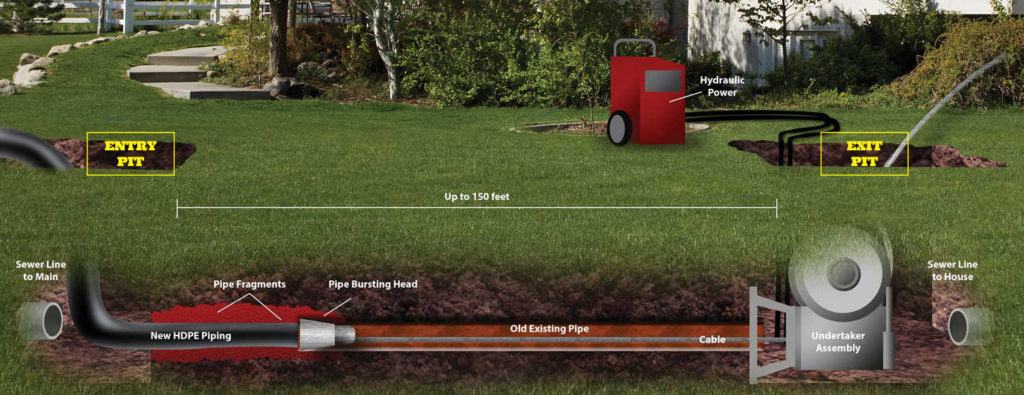
Trenchless plumbing encompasses various methods, each suited to different types of pipe repair and replacement projects. The most common techniques include:
Pipe Bursting
Pipe bursting involves breaking and expanding the existing pipe while simultaneously pulling a new pipe into place. This method is ideal for replacing pipes that are severely damaged or have collapsed.
Cured-in-Place Pipe (CIPP) Lining
CIPP lining involves inserting a resin-saturated liner into the damaged pipe, which is then cured to form a new pipe within the old one. This technique is best suited for repairing leaks, cracks, and minor damages.
Slip Lining
Slip lining involves inserting a smaller, new pipe into the existing one. This method is typically used for repairing larger pipes and culverts.
Directional Drilling
Directional drilling is used to install new pipes without disturbing the surface. It’s particularly useful in urban areas where surface disruption is a major concern.
Benefits of Trenchless Plumbing
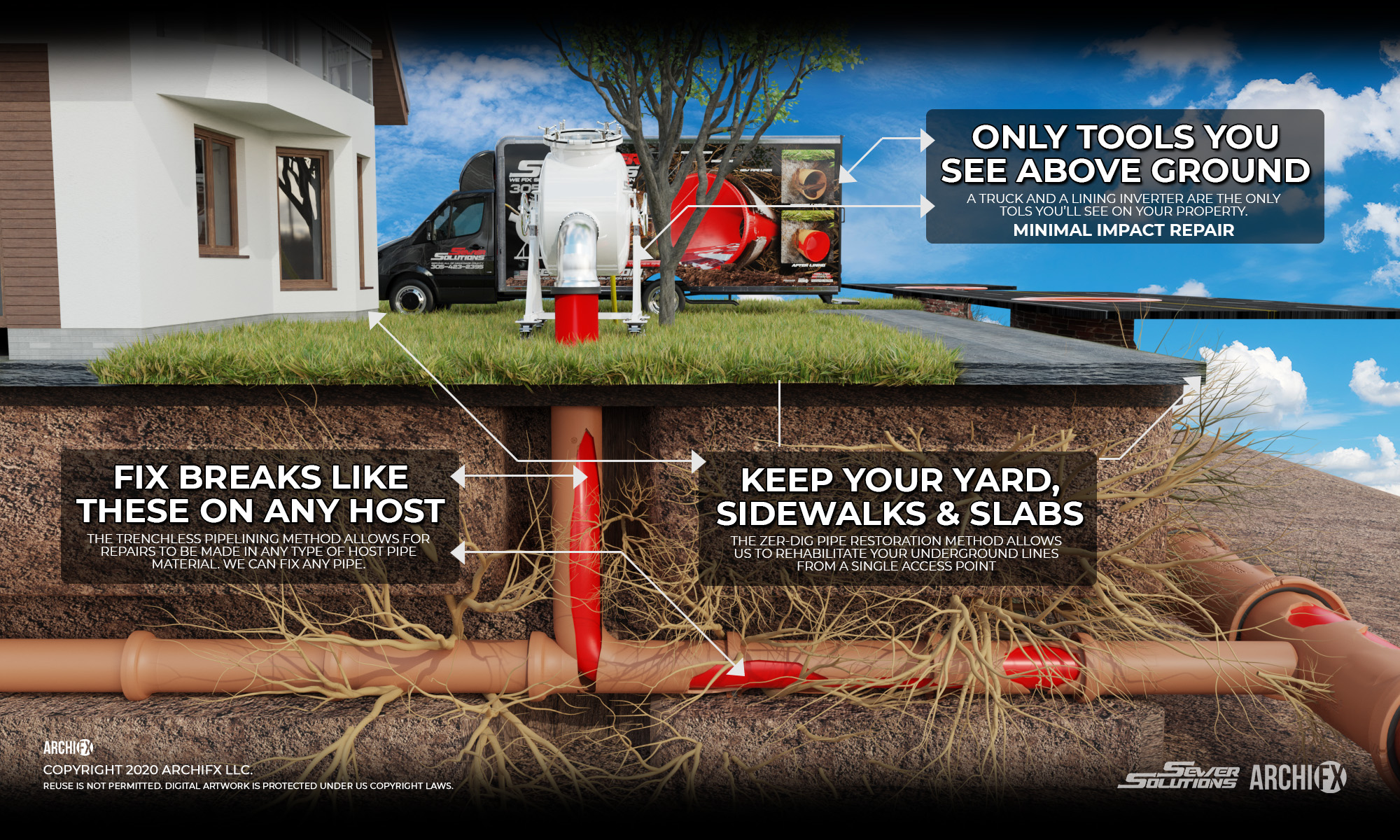
Trenchless plumbing offers several advantages over traditional methods, including:
Minimal Disruption
One of the primary benefits of trenchless technology is the minimal disruption to landscapes, driveways, and structures.
This is especially advantageous in urban settings where traditional excavation can cause significant inconvenience.
Cost-Effectiveness
While the initial cost may be higher than traditional methods, trenchless plumbing can be more cost-effective in the long run. It reduces the need for extensive labor, restoration of landscapes, and downtime.
Environmental Impact
Trenchless methods are more environmentally friendly, as they minimize the disturbance to the surrounding soil and reduce the carbon footprint associated with heavy machinery.
Speed and Efficiency
Trenchless repairs and replacements are typically faster than traditional methods, resulting in less downtime and quicker return to normal activities.
Challenges and Limitations of Trenchless Technology

While trenchless plumbing offers many benefits, there are certain limitations and challenges that need to be considered:
Technical Limitations
Some trenchless methods may not be suitable for pipes with severe bends, junctions, or extensive damage.
Skill and Equipment
Trenchless repairs require specialized equipment and skilled technicians, which may not be readily available in all areas.
Cost Considerations
The initial investment in trenchless technology can be higher than traditional methods, potentially making it less accessible for smaller-scale projects.
Future of Trenchless Plumbing

The future of trenchless plumbing looks promising, with ongoing advancements in technology and materials.
This section will explore potential developments and how they might further enhance the effectiveness and accessibility of trenchless techniques.
Conclusion
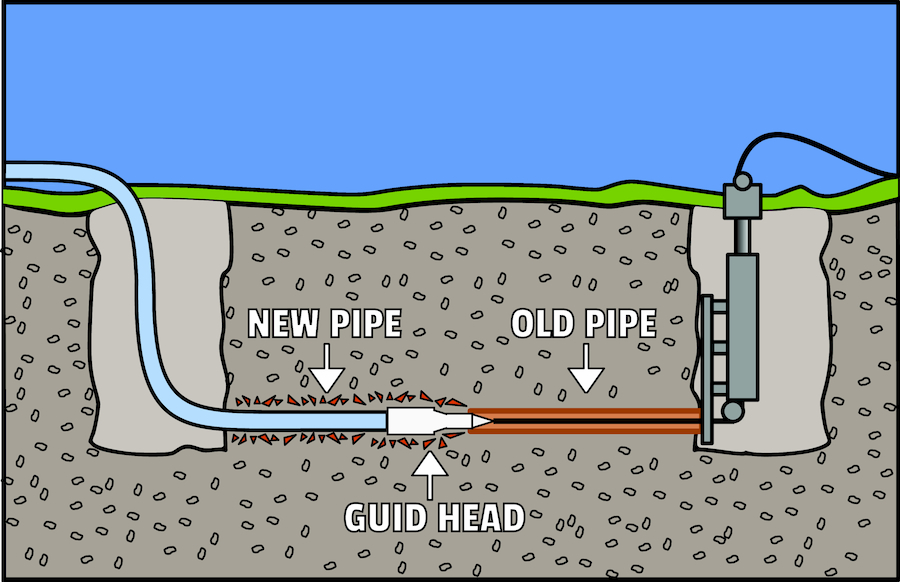
Trenchless plumbing represents a significant advancement in the field of pipe repair and replacement.
Its ability to minimize disruption, coupled with its cost-effectiveness and environmental benefits, makes it an increasingly popular choice.
As technology continues to evolve, trenchless methods are likely to become even more efficient and widely adopted in the plumbing industry.






